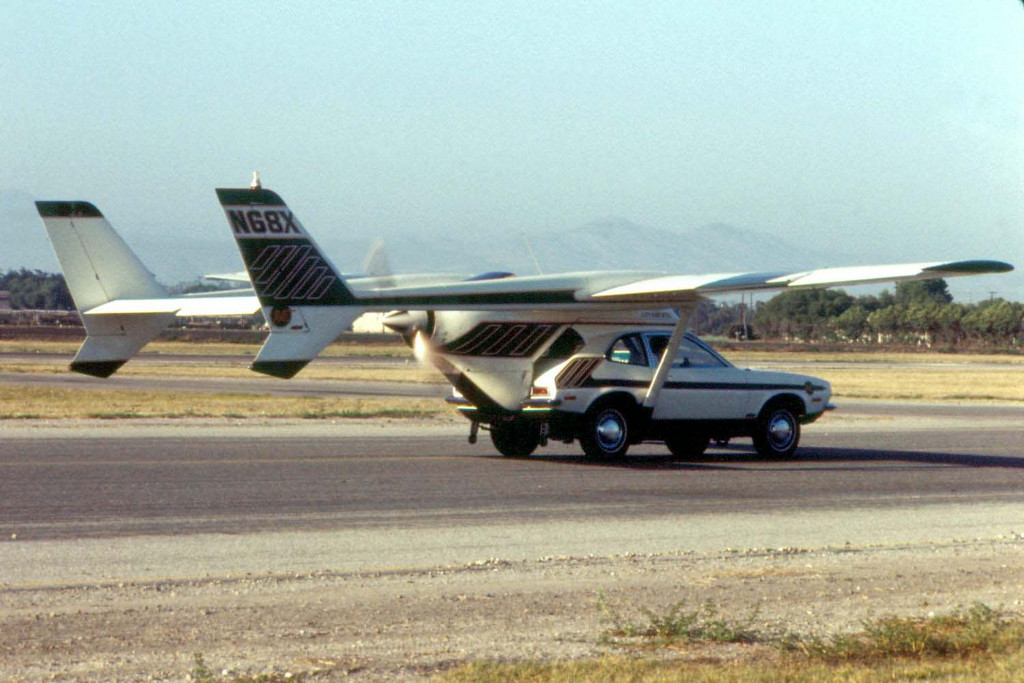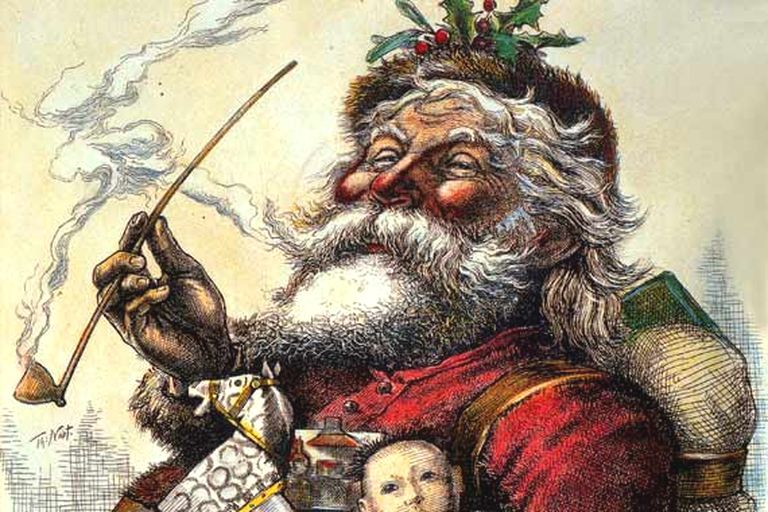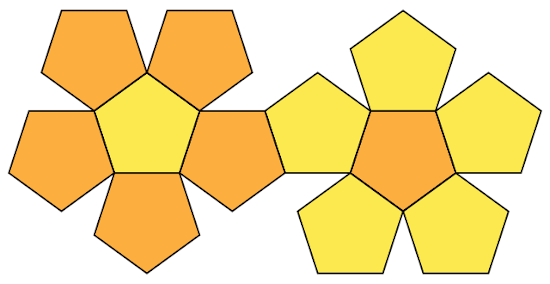https://www.youtube.com/watch?v=mDXuk9xo8hQ
Brazilian pianist João Carlos Martins won worldwide acclaim but had to retire in March 2019 after 24 surgeries could not relieve the pain caused by a degenerative disease and a series of accidents.
But designer Ubiratã Bizarro Costa proposed making some neoprene-covered bionic gloves that lift Martins’ fingers after they depress the keys, and by December they had perfected them.
“I might not recover the speed of the past,” Martins told the Associated Press. “I don’t know what result I will get. I’m starting over as though I were an 8-year-old learning.”
But his goal now is to play an entire Bach concert perfectly. “It could take one, two years. I will keep pushing until that happens. I won’t give up.”







